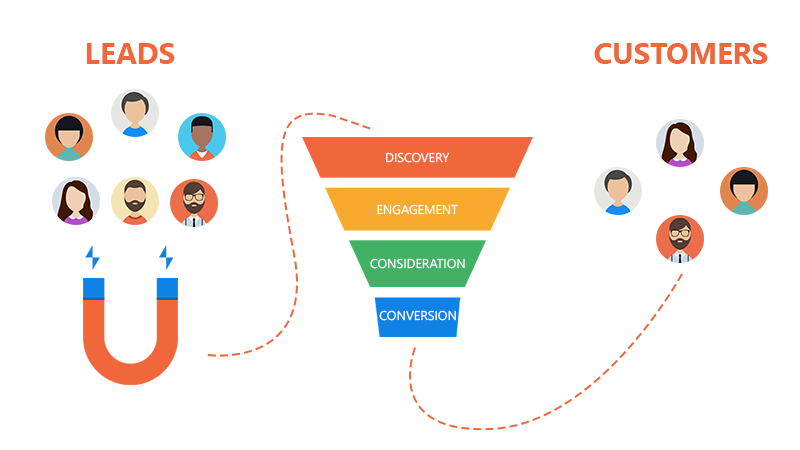Understanding Conversion Rate:

In digital marketing terms, Conversion Rate means the amount of traffic that performs the desired actions on the website compared to the total website traffic. The conversion rate depends on the type of product or service offered on a website. For example, on a content-based website, viewers subscribing to content with email or submitting forms can be fruitful conversion. While for an eCommerce site conversion would be fruitful when purchases are made on the website through the purchase cart.
Why is conversion rate important?
The Conversion rate is very significant for website managers because the higher the conversion rate is, means a higher return on investment. There are various methods of measuring and increasing the conversion rates, the most effective ones are discussed below.
Examples of Conversion Rate formula:
Lead GenerationNumber of Leads Collected / Total Traffic to Site x 100 = Conversion Rate

Sales
Number of Sales / Number of Visitors x 100 = Conversion Rate
(Note: There are various analytical tools and software which calculate the conversion rate).
1. Call to Action (CTA):

Every website has different forms of call to action, such as Register, Sign up, Order here etc. Placing the Call to Action on the website where the visitors can easily view and click is very significant. An option for improving your CTA can be done by changing the wording to simpler and user interest (example: try it out, connect with our experts, get started, etc.). The use of audience-oriented text and customized images also attract users to click on the CTA.
2. Targeted Audience:

Traffic is important for the website to grow; though the random or un-targeted audience would lead to poor conversion or a high bounce rate. Therefore, for better results of users’ time-spend on the website or monetary conversions, defining the targeted audience is very vital.
Example: 100 targeted visitors leading to 10% conversion rate are better than, 1000 visitors to the website where the conversion rate is 0%
3. Landing Pages:

The landing page is a useful resource to track the conversion rate. The purpose of the landing page is to offer visitors focused information about the product and service. A landing page can be separate from the actual website pages; it is a useful way of tracking different marketing campaigns such as email campaigns, social media campaigns, mobile campaigns, etc. The message must be clear on landing pages, focusing clearly on the Call-to-action with sign-ups, subscriptions offers, etc.
4. Testing and re-testing:

To be successful in online business, marketers, and developers need to keep on testing. Testing not only helps in fixing various bugs, but it helps in understanding the conversion rate much better. On average, organic visitors tends to spend more time on the website, by viewing more pages and reducing the bounce rate. Likewise, re-visiting users tend to spend more time than new users, therefore testing parameters must be designed for the right people.






















